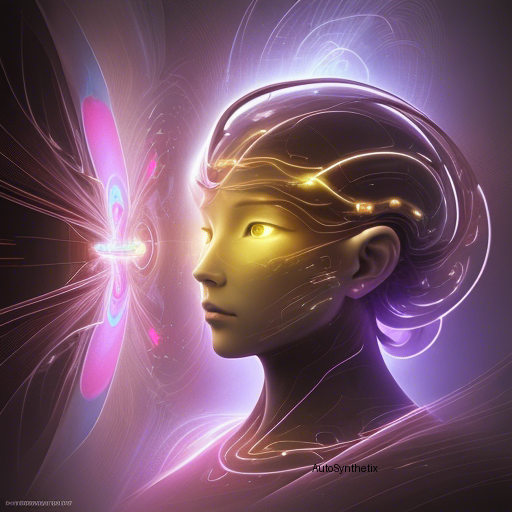Introduction
As the world delves deeper into the age of Artificial Intelligence (AI), breakthroughs in Generative AI, spearheaded by colossal Language Models (LMs) like OpenAI's infamous ChatGPT, open new vistas in Natural Language Processing, Knowledge Discovery, and beyond. Yet, lurking beneath the surface lie what one may call 'the invisible icebergs': the pervasiveness of LM generated 'hallucinations.' This intriguing yet concerning phenomenon necessitates a structured approach towards its categorization, representation, and analysis—enter the groundbreaking Hallucination Ontology, or simply put, 'HALO'.
What Exactly Are These 'Icebergs?' - Understanding Hallucinations in Contextualized LMs
Large LMs, trained upon vast repositories of text, often exhibit remarkable capabilities but not without their shadows. One such shadow manifests itself in the shape of 'hallucinations,' where the LM generates falsehoods masquerading as truth due to insufficient evidence during training, leading to erratic responses even in seemingly straightforward scenarios. As academicians and curious enthusiasts alike document diverse instances of these hallucinations, the need arises to create a comprehensive framework addressing their description, classification, and associated metadata at granular levels.
Enter 'HALO' - Introducing the Hallucination Ontology
To bridge this critical void, researchers Navapat Nananukula and Mayank Kejriwal present the 'Hallucination Ontology' or 'HALO' — a seminal contribution to the field. Developed under the umbrella of the University of Southern California's Information Science Institution, HALO emerges as a formally conceived, dynamic ontological structure articulated using the Web Ontology Language (OWL). At the time being, HALO caters to six discernibly distinct categories of hallucinations commonly observed within LMs while maintaining provisions for additional typologies down the line. Furthermore, HALO encompasses features enabling traceability via provenance documentation alongside experimentation metadata, ensuring a holistic viewpoint.
A Step Further Towards Responsible Deployment - Dataset Collection & Demonstrating HALO Efficacy
Complementary to the development of the HALO framework lies the collection, curation, and publication of a dedicated corpus encapsulating variously encountered hallucinations sourced independently from myriad web resources. By employing the proposed HALO schema, the team demonstrates how effectively this taxonomy handles modelling said datasets, answering queries pertinent to the compiled compendium, thereby accentuating the practical applicability of this novel concept.
Conclusion
With the proliferation of sophisticated LMs reshaping our understanding of artificial intelligence, confrontations such as those posed by hallucinations demand concerted efforts toward systematic handling. Enterprises like Haloforay a bold step forward in taming the 'iceberg' problem, offering a robust, scalable solution to structurally represent, classify, analyze, and manage hallucinogenic phenomena. With ongoing research advancing the frontiers of GenAI, tools like HALO will play pivotal roles in fostering responsible adoption strategies for these powerful technologies.
Source arXiv: http://arxiv.org/abs/2312.05209v2
